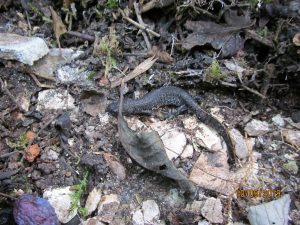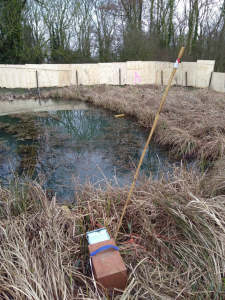Preliminary appraisal used to inform project design
In March 2019 a small proposed housing development in Suffolk required a Preliminary Ecological Appraisal (or PEA) to understand ecological risks prior to our client making key planning and design decisions. We would always advise doing this: issues flagged early can avoid significant delays and costs associated with seasonal survey constraints and re-design. Unfortunately an all too common occurrence when this advice is not followed.
In this case we were able to inform the client of the presence of great crested newts and reptiles in the surrounding area, both of which were flagged by a habitat survey and the data search we conducted. The data search also identified a sensitive grassland close by which was a County Wildlife Site.
The report we produced provided clear advice on the next steps, timings for necessary surveys, likely mitigation requirements and possible future licencing requirements. This information was fed into the design and planning stages.
Incidentally, the required great crested newt eDNA surveys were mobilised in April and we were able to complete our final report for planning by late May 2017 with no delay to the project timetable. If the client had come to us at the end of their design process, due to the seasonality of the surveys needed, the project would have been delayed until early-2020.




